Who Inherited Yiquan from Master Wang Xiangzhai?
The Story of the Yao Family


Yao Zongxun
The successor of Wang Xiangzhai
Yao Zongxun (姚宗勋), one of the best martial artists in modern China, was born in Hang County, Zhejiang province in 1917.
1
Yao learned Xingyiquan with Master Hong Lianshu (洪连顺) until 1937. By 20, Yao had practiced Xingyiquan for over ten years and had become a famous young martial artist.
Master Wang Xiangzhai (王芗斋), the founder of Yiquan, moved to Beijing and settled down in 1937.
Both Master Hong and Yao challenged Master Wang Xiangzhai multiple times and failed over and again. Impressed by Master Wang’s incredible martial art skills, Master Hong, along with his many students (including Yao), became Master Wang’s students that year.
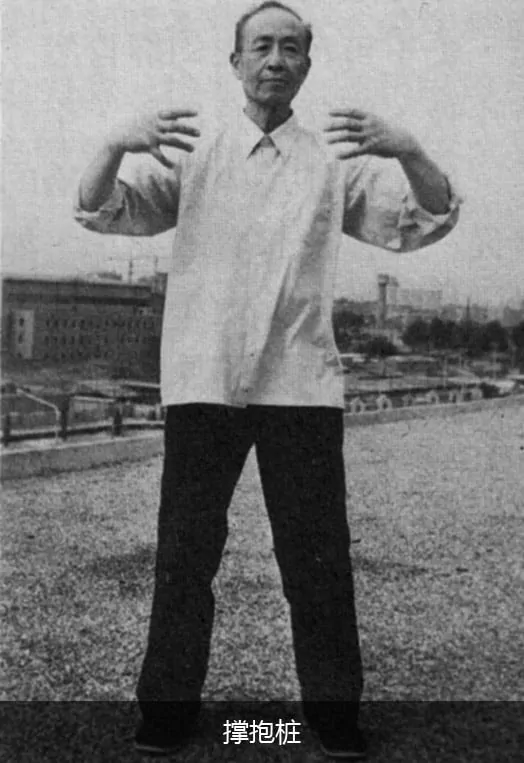

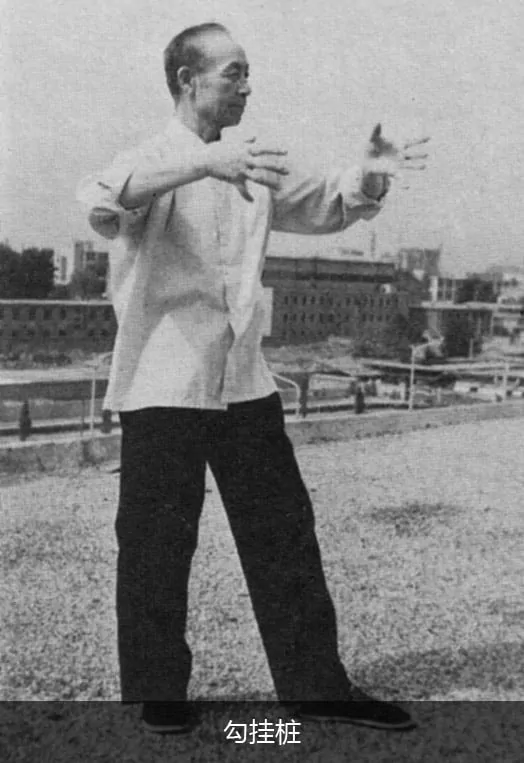

2
Master Wang Xiangzhai expressed his unique thoughts on martial arts in a newspaper (Shibao – 实报) in 1939 and accepted challenges from any person of any martial art sect.
Yao, along with three other of Master Wang’s students, Zhou Ziyan (周子炎), Hong Lianshun (洪连顺), Han Xingqiao (韩星樵) were appointed to combat challengers on behalf of their master.
3
In 1941, Yao was given the name “Ji Xiang (继芗)” by Master Wang, indicating Yao was appointed as the successor of Wang Xiangzhai.
From then on, Yao began teaching Master Wang’s students on behalf of Master Wang. Most of Yiquan’s second-generation students were taught by Yao.
It’s worth mentioning that Kenichi Sawai, the creator of Taikiken (太気拳) – Japanese name for Yiquan, was a student of Master Wang; however, virtually all of Kenichi Sawai’s training was provided by Yao.
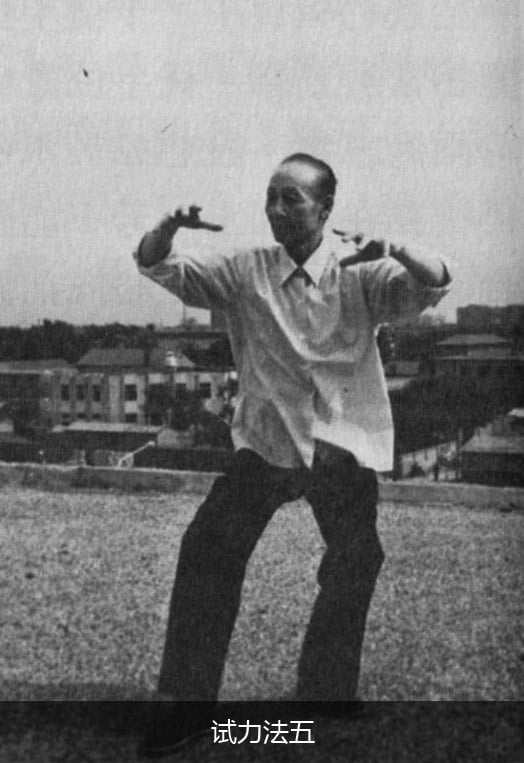

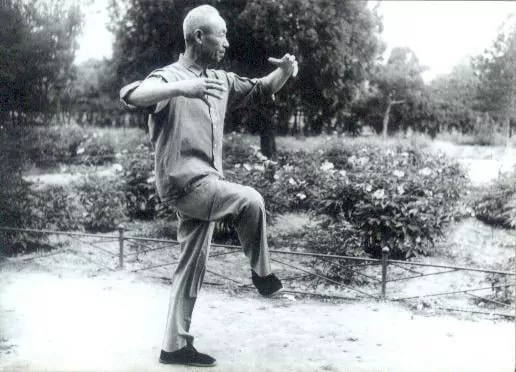

4
In the 1960’s, Yao began accepting his own students. His best students during this time were Bai Jinjia (白金甲), Wang Jinming (王金铭), Bo Jiacong (薄家聪), and Zhang Hongcheng (张鸿诚), to name a few.
5
In the 1970s, Yao proposed that traditional Chinese martial arts must be combined with modern fighting and scientific concepts such as health and fitness. Having comprehensively understood and inherited Master Wang Xiangzhai’s martial insights and training system, he took another path to explore, supplement, and improve Yiquan in depth and breadth.


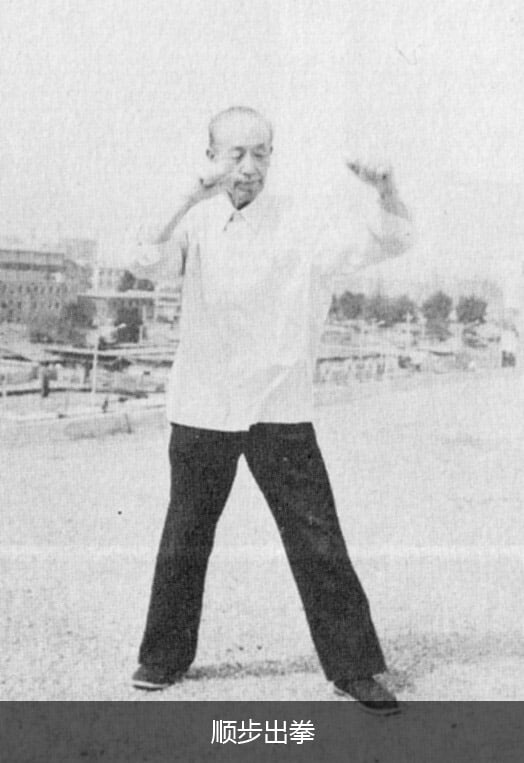

6
In the 1980s, Yao was invited by Ian Fok Chun-wan (霍震寰), son of Henry Fok Ying Tung (霍英东) to visit Hong Kong and share his Yiquan insights. The Fok family is one of the wealthiest four families in Hong Kong, the deceased Henry Fok Ying Tung was possibly the most powerful Hongkonger in the politics of the People’s Republic of China.
In 1974, Ian Fok Chun-wan, the current head of the Fok family, began studying Yiquan with the second-generation Yiquan master Han Xingyuan (韩星垣). Ian visited Yao to learn every time he visited Beijing.
7
In October 1984, Yao organized and established the Beijing Wushu Yiquan Research Association and served as its first president.
In his later years, Yao wrote the book “Chinese Modern Practical Boxing-Yiquan (意拳-现代实战拳学)”, which is the culmination of his life’s hard work in Yiquan research and practice.


On January 11th, 1985,
Master Yao Zongxun died at the age of 68.
Yao Zongxun’s twin sons, Yao Chengguang (姚承光) and Yao Chengrong (姚承荣), were born in 1953 and began studying Yiquan with their father at 8 years old. Both Yao Chengguang and Yao Chengrong spent their entire lives studying and teaching Yiquan, carrying out their father’s will to inherit and pass on Yiquan.
Now, at nearly 70 years old, Yao Chengguang and Yao Chengrong still teach students daily, each one owning a martial art school in Beijing. For those who are interested, here are their names and locations for their respective schools.


Master Yao Chengguang
姚承光先生
Name: 宗勋武馆
Address: 北京市东城朝内南小街北竹竿胡同4-5-B03室


Master Yao Chengrong
姚承荣先生
Name : 中意武館
Address: 北京市西城区新街口正觉夹道17号宝苑宾馆
Characteristics of
is a special exercise. It’s aerobic, very gentle, and doesn’t require much movement. No warm-ups before the exercise or ending routines are required. What you need is just a place (either indoor or outdoor) with good air circulation. has a large number of postures (stances are the technical term), but there is only one basic posture which can be transformed into all other postures. So, when you master the one posture, it’s only a matter of time to master all of them. From this perspective, is not a complex skill to learn.
The training time of can be adjusted by oneself. In general, practitioners start from 5 minutes and increase progressively up to one hour. However, a 5-min has health benefits, too. So is quite accessible since no minimum “dose” of time is required. In fact, men, women, seniors, juniors, the weak or strong, all can practice according to their own situation at their preferred time and place.
There are usually four stages of the learning process and there are various reactions during beginning stages of .
03
Healing aspect of
In general, can correct and build a stronger body. With postures, young men with hunchbacks can be corrected. Dysfunctional feet, knees, or legs can be fixed to a great extent. The middle-aged suffering from back/shoulder/neck/muscle pain, hemorrhoids, insomnia, bad digestion, etc., can expect to get rid of those with consistent practice of over time.
is the best option for the weak or elderly as can gradually and constantly enhance their immune system – the human body’s own defense mechanisms. According to Dr. Yu’s clinical experimentation and tests, many kinds of chronic diseases such as chronic tracheitis, chronic gastroenteritis, chronic hepatitis, cardiopathy, high blood pressure(hypertension), neurasthenic, chronic rheumatoid arthritis and similar rheumatoid arthritis, adipoma, goiter, etc., may obtain unbelievable beneficial effects after practice.
We only listed some of the health applications of . There are more. Every day practitioners are discovering new benefits of this amazing exercise.
04
Why can cure diseases?
is not only standing still. It is not only meditation, either. The system of training is a combination of physical and mental aspects. The physical and mental activities are not separate from each other in this exercise. Hence, both the physiological and psychological functions of the body are cumulatively strengthened. Why heals is a huge topic. Dr. Yu had written many books about it. In this article, we are going to focus on how is able to nourish the blood. We will talk more in our blog posts.
During , the body is held relatively unchanged in correct structures and there is constant contraction and loosening between muscles and bones. This will mobilize blood vessels, which promotes blood circulation. Dr. Yu listed the following figures in the book of “ and Search of Wu” (Yu Yongnian, 2005, Shanxi Science and Technology Press).
After one hour of the composition of the blood may sensibly change:
- up to 1520 000 additional erythrocytes (red blood cells) per cm3 of blood,
- up to 3650 additional hem leukocytes (white blood cells) per cm3 of blood,
- up to 3.2 gram of additional hemoglobin per cm3 of blood.
Red blood cells are able to carry oxygen so efficiently because of the hemoglobin they contain. Increase of hemoglobin can directly impact the quantity of oxygen. With this additional amount of oxygen brought to the organ systems, one will be in a special state of relaxation and wellbeing. This is why has particularly good results in treating neurasthenia, arthritis, angina, cirrhosis, cardiovascular diseases, etc.
05
Recommended for special people
The most important characteristic of as a healing method is that there is no side-effect. From the medicine point of view, there are not so many optional exercises for people who are too weak to sit or stand and people with special diseases i.e., cardiovascular diseases. is the best option for those people. There are lying-down postures, supported postures, sitting postures, standing postures, practitioners can choose appropriate postures and control the physical effort precisely by the time of practicing.
To conclude, with thousands of years of development and the support of Yiquan martial artists and medical professionals in the last 100 years, has brought together the essence of Chinese well-being philosophies and western sciences as a mature, thorough and complete method of health maintenance and improvement. If you want to know more about as a healing method, reading Dr. Yu’s books is a good start. Here are three recommendations:
< Zhan Zhuang and The Search of Wu > (Chinese, English versions)
<Zhan Zhuang: The Art of Nourishing Life> (Chinese, English, French versions)
< Zhan Zhuang and Dao De Jing> (Chinese version)
Characteristics of
is a special exercise. It’s aerobic, very gentle, and doesn’t require much movement. No warm-ups before the exercise or ending routines are required. What you need is just a place (either indoor or outdoor) with good air circulation. has a large number of postures (stances are the technical term), but there is only one basic posture which can be transformed into all other postures. So, when you master the one posture, it’s only a matter of time to master all of them. From this perspective, is not a complex skill to learn.
The training time of can be adjusted by oneself. In general, practitioners start from 5 minutes and increase progressively up to one hour. However, a 5-min has health benefits, too. So is quite accessible since no minimum “dose” of time is required. In fact, men, women, seniors, juniors, the weak or strong, all can practice according to their own situation at their preferred time and place.
There are usually four stages of the learning process and there are various reactions during beginning stages of .
03
Healing aspect of
In general, can correct and build a stronger body. With postures, young men with hunchbacks can be corrected. Dysfunctional feet, knees, or legs can be fixed to a great extent. The middle-aged suffering from back/shoulder/neck/muscle pain, hemorrhoids, insomnia, bad digestion, etc., can expect to get rid of those with consistent practice of over time.
is the best option for the weak or elderly as can gradually and constantly enhance their immune system – the human body’s own defense mechanisms. According to Dr. Yu’s clinical experimentation and tests, many kinds of chronic diseases such as chronic tracheitis, chronic gastroenteritis, chronic hepatitis, cardiopathy, high blood pressure(hypertension), neurasthenic, chronic rheumatoid arthritis and similar rheumatoid arthritis, adipoma, goiter, etc., may obtain unbelievable beneficial effects after practice.
We only listed some of the health applications of . There are more. Every day practitioners are discovering new benefits of this amazing exercise.
04
Why can cure diseases?
is not only standing still. It is not only meditation, either. The system of training is a combination of physical and mental aspects. The physical and mental activities are not separate from each other in this exercise. Hence, both the physiological and psychological functions of the body are cumulatively strengthened. Why heals is a huge topic. Dr. Yu had written many books about it. In this article, we are going to focus on how is able to nourish the blood. We will talk more in our blog posts.
During , the body is held relatively unchanged in correct structures and there is constant contraction and loosening between muscles and bones. This will mobilize blood vessels, which promotes blood circulation. Dr. Yu listed the following figures in the book of “ and Search of Wu” (Yu Yongnian, 2005, Shanxi Science and Technology Press).
After one hour of the composition of the blood may sensibly change:
- up to 1520 000 additional erythrocytes (red blood cells) per cm3 of blood,
- up to 3650 additional hem leukocytes (white blood cells) per cm3 of blood,
- up to 3.2 gram of additional hemoglobin per cm3 of blood.
Red blood cells are able to carry oxygen so efficiently because of the hemoglobin they contain. Increase of hemoglobin can directly impact the quantity of oxygen. With this additional amount of oxygen brought to the organ systems, one will be in a special state of relaxation and wellbeing. This is why has particularly good results in treating neurasthenia, arthritis, angina, cirrhosis, cardiovascular diseases, etc.
05
Recommended for special people
The most important characteristic of as a healing method is that there is no side-effect. From the medicine point of view, there are not so many optional exercises for people who are too weak to sit or stand and people with special diseases i.e., cardiovascular diseases. is the best option for those people. There are lying-down postures, supported postures, sitting postures, standing postures, practitioners can choose appropriate postures and control the physical effort precisely by the time of practicing.
To conclude, with thousands of years of development and the support of Yiquan martial artists and medical professionals in the last 100 years, has brought together the essence of Chinese well-being philosophies and western sciences as a mature, thorough and complete method of health maintenance and improvement. If you want to know more about as a healing method, reading Dr. Yu’s books is a good start. Here are three recommendations:
< Zhan Zhuang and The Search of Wu > (Chinese, English versions)
<Zhan Zhuang: The Art of Nourishing Life> (Chinese, English, French versions)
< Zhan Zhuang and Dao De Jing> (Chinese version)
Popular Zhanzhuang Courses
Basic Zhanzhuang Online Course
Course Level: Beginner
This is a systematic self-study Zhanzhuang (Standing Meditation) course to develop your body and mind to a greater level. Your health condition can be improved quickly.


Advanced Zhanzhuang Online Course
Course Level: Intermediate
This course will challenge you but provide with you a new horizon of Zhanzhuang. You may obtain quicker and further health improvement.

